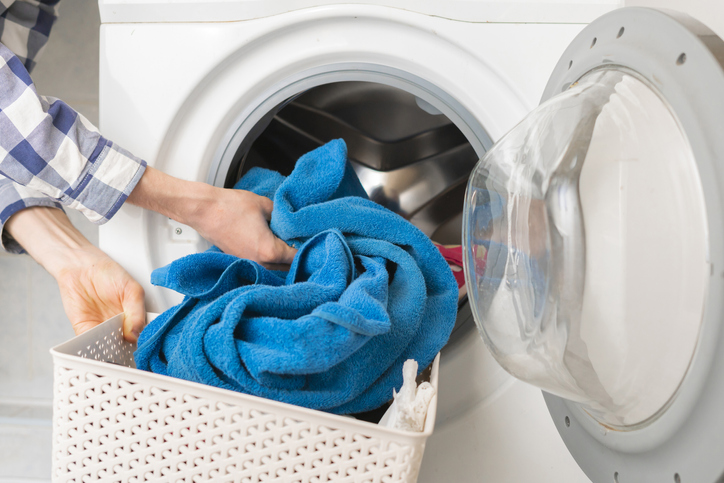
Keeping your bedding fresh and clean is essential for a comfortable sleep environment. Many people wonder if they can wash their sheets and blankets together, streamlining the laundry process. The good news is that washing these items together is generally safe and effective. This article will delve into the best practices for co-washing your sheets and blankets, ensuring both are properly cleaned and cared for.
This guide will cover the benefits of washing sheets and blankets together, factors to consider regarding fabric compatibility, recommended laundry cycles, and tips for drying these bedding essentials. By following these guidelines, you can simplify your laundry routine while maintaining the cleanliness and quality of your bedding.
Washing Sheets and Blankets Together
Combining sheets and blankets in a single wash load is a convenient way to manage laundry. It allows you to utilize a larger capacity washer, potentially saving time and energy. When washing together, ensure both items are similar in size and weight to prevent imbalance during the spin cycle.
If you have a large blanket or comforter, consider washing it separately to avoid overcrowding the machine. Overloading the washer can lead to inadequate cleaning and potential damage to your bedding. Always check the care labels on both your sheets and blankets for specific washing instructions before combining them in a load.
Benefits of Co-Washing Bedding

Co-washing your sheets and blankets offers several advantages over washing them separately.
Firstly, it saves time and effort by consolidating laundry tasks. Secondly, co-washing allows you to use a larger capacity washer, potentially reducing the number of loads needed. This can be particularly beneficial for households with multiple people or frequent bedding changes. Finally, co-washing can help distribute detergent more evenly throughout the load, ensuring both sheets and blankets are thoroughly cleaned.
Fabric Compatibility for Machine Washing
Most commonly used bedding fabrics, such as cotton, microfiber, flannel, and linen, are suitable for machine washing. However, it’s essential to check the care labels on your specific items for any special instructions. Some delicate fabrics, like silk or satin, may require hand washing or gentle cycle settings.
When co-washing, avoid combining heavily soiled items with lightly soiled ones. For example, if you have a blanket that has been used outdoors and is visibly dirty, it’s best to wash it separately to prevent transferring dirt to your clean sheets.
Laundry Cycle Recommendations

For can you wash sheets and blankets together, use a gentle or normal cycle setting on your washing machine. Avoid using harsh detergents or bleach, as these can damage delicate fabrics and cause fading. Opt for a mild detergent specifically designed for bedding or laundry.
Adjust the water temperature based on the fabric type and care label instructions. Cold water is generally suitable for most bedding fabrics, but warm or hot water may be necessary for heavily soiled items. Always rinse your sheets and blankets thoroughly to remove any residual detergent.
Drying Tips for Sheets and Blankets
After washing, tumble dry your sheets and blankets on a low heat setting. Avoid using high heat, as it can shrink or damage delicate fabrics.
To prevent wrinkles, remove the bedding from the dryer promptly once the cycle is complete. If you prefer line drying, hang your sheets and blankets in a well-ventilated area out of direct sunlight.
Conclusion
Washing can i wash blankets with sheets together is a practical and efficient way to manage your laundry routine. By following these guidelines, you can ensure both your sheets and blankets are thoroughly cleaned and cared for while maintaining their quality and longevity. Remember to always check care labels, choose appropriate washing cycles and drying methods, and avoid harsh detergents or bleach.
